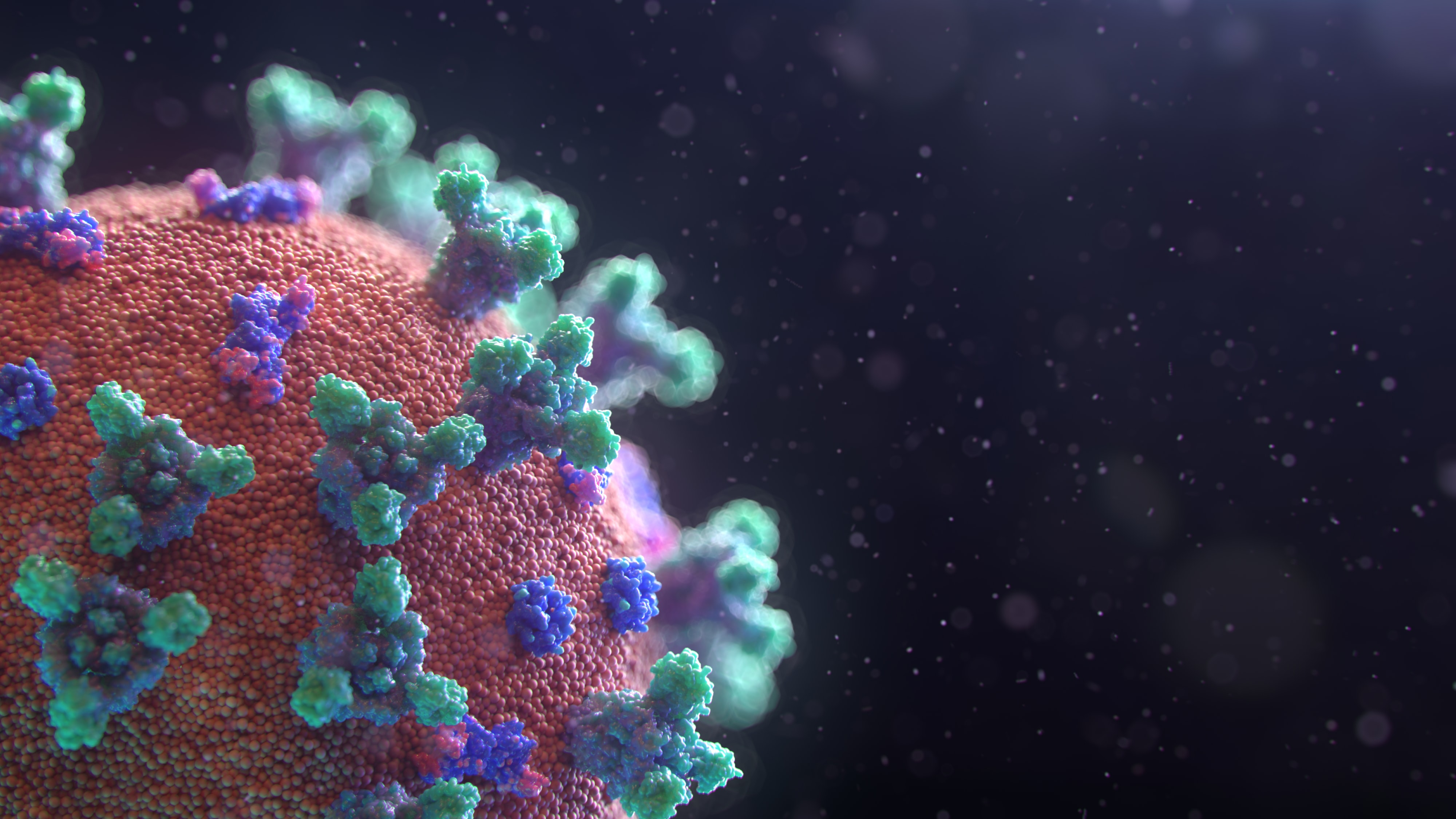
PAC-MAN chomps down on coronavirus cells
Peer-reviewed: This work was reviewed and scrutinised by relevant independent experts.
Experimental study: At least one thing in the experiment was changed to see if it had an impact on the subjects (often people or animals) – eg: changing the amount of time mice spend on an exercise wheel to find out what impact it has on weight loss.
Cells: This is a study based on research in micro-organisms, cells, tissue, organs or non-human embryos.
Experimental study: At least one thing in the experiment was changed to see if it had an impact on the subjects (often people or animals) – eg: changing the amount of time mice spend on an exercise wheel to find out what impact it has on weight loss.
Cells: This is a study based on research in micro-organisms, cells, tissue, organs or non-human embryos.
Researchers have developed a gene editing approach which can attack 90 per cent of coronaviruses, including Sars-CoV-2 which causes the COVID-19 illness. Called PAC-MAN (Prophylactic Antiviral Crispr in huMAN cells), the approach slices through the virus’s genetic makeup, stopping it from functioning and replicating. The researchers caution that the technology is still in the proof-of-concept stage, with the biggest barrier being the safe use of PAC-MAN in the human body.
Funder: The project is supported by a contract grant from Defense Advanced Research Projects Agency (DARPA) (Grant # HR001119C0060). L.S.Q. is also supported by Li Ka Shing Foundation.
DECLARATION OF INTERESTS
The authors have filed provisional patents via Stanford University related to the work.
Attachments:
Note: Not all attachments are visible to the general public
News for:
International
Media contact details for this story are only visible to registered journalists.

